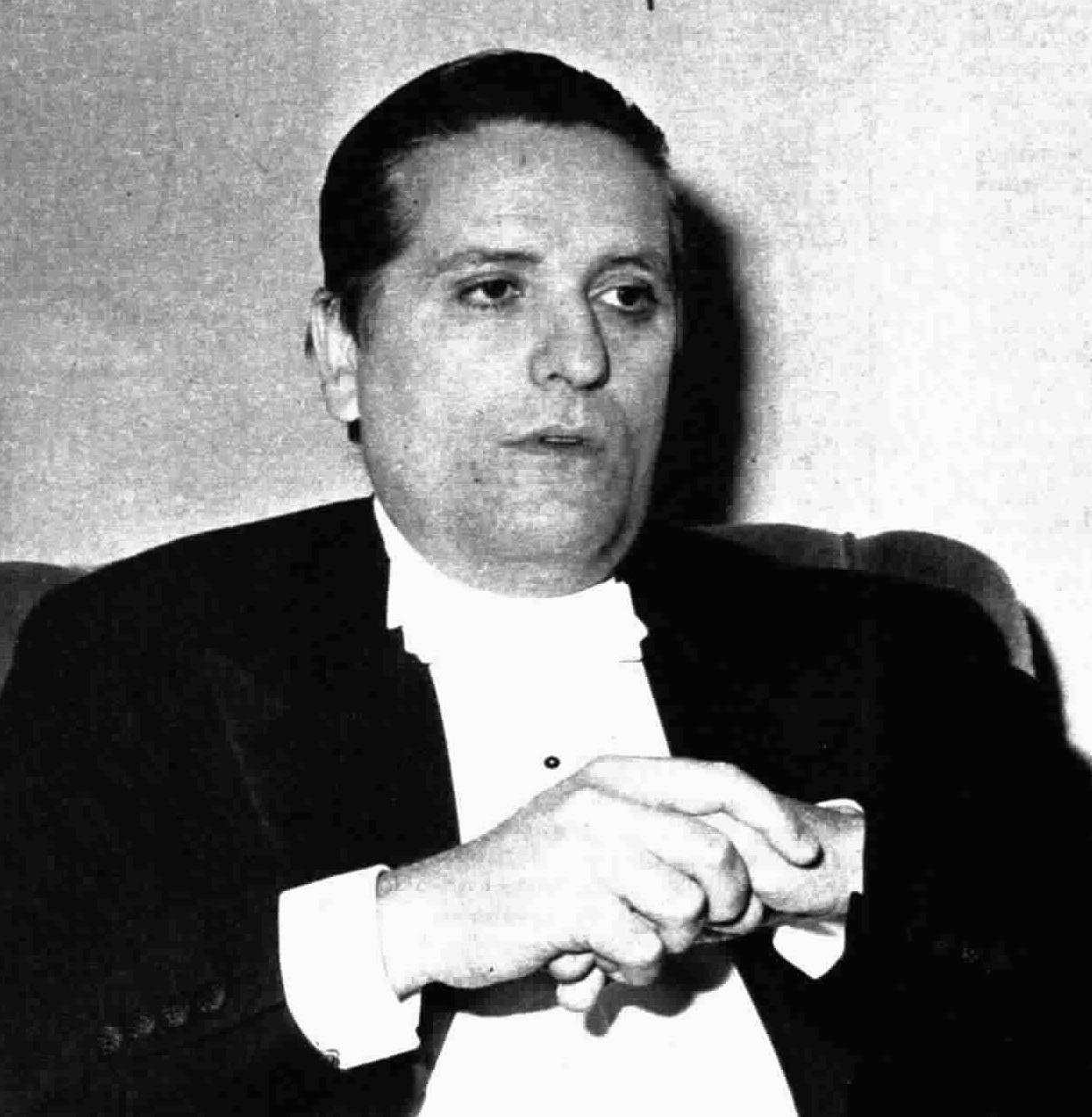|
U lavice dítě stálo,
z plna hrdla křičelo.
„Bodejž jsi jen trochu málo,
ty cikáně, mlčelo!
Poledne v tom okamžení,
táta přijde z roboty:
a mně hasne u vaření
pro tebe, ty zlobo, ty!
Mlč, hle husar a kočárek –
hrej si – tu máš kohouta!“ –
Než kohout, vůz i husárek
bouch, bác! letí do kouta.
A zas do hrozného křiku –
„I bodejž tě sršeň sám! –
že na tebe, nezvedníku,
polednici zavolám!
Pojď si proň, ty polednice,
pojď, vem si ho, zlostníka!“
A hle, tu kdos u světnice
dvéře zlehka odmyká.
Malá, hnědá, tváři divé
pod plachetkou osoba;
o berličce, hnáty křivé,
hlas – vichřice podoba!
„Dej sem dítě!“ – „Kriste Pane,
odpusť hříchy hříšnici!“
Div že smrt jí neovane,
ejhle tuť – polednici!
Ke stolu se plíží tiše
polednice jako stín:
matka hrůzou sotva dýše,
dítě chopíc na svůj klín.
A vinouc je, zpět pohlíží –
běda, běda dítěti!
Polednice blíž se plíží,
blíž – a již je v zápětí.
Již vztahuje po něm ruku –
matka tisknouc ramena:
„Pro Kristovu drahou muku!“
klesá smyslů zbavena.
Tu slyš: jedna – druhá – třetí –
poledne zvon udeří;
klika cvakla, dvéře letí –
táta vchází do dveří.
Ve mdlobách tu matka leží,
k ňadrám dítě přimknuté;
matku vzkřísil ještě stěží,
avšak dítě – zalknuté.
Karel Erben
|
|
Vicino al banco il bambino
urlava a squarciagola.
„Smettila una buona volta,
almeno un’ora sola!
Tra poco è mezzogiorno,
papà ritorna ed io
non riesco a cucinare,
sei un castigo di Dio!
Zitto! hai i soldatini –
Gioca! – qui hai il galletto!“
ma ciò che ha sottomano,
getta via con dispetto.
La madre allora esclama:
„Che strazio, basta così!
Adesso ti porterà via
la strega di mezzodì!
Vieni a prenderlo, o strega,
portalo via lontano!“
Ed ecco che nella stanza
la porta s’apre pian piano.
Un fazzoletto in testa,
bassa e di pelle scura,
Le gambe storte e la gruccia –
entra questa figura!
„Dammi il bambino!“ – „O Cristo!
Grazia una peccatrice!“
La morte è già nell’aria
e la strega è felice.
La strega come un’ombra
è sempre più vicino;
la madre, terrorizzata,
afferra il suo bambino.
Lo stringe a sé, indietreggia –
oh, guai al bambino, guai!
La strega è vicina al bimbo,
quasi lo tocca ormai.
Già allunga la sua mano,
stringe le braccia la madre:
„Per la passione di Cristo!“ –
grida ma sviene e cade.
Ora suona la campana
la dodicesima volta,
la maniglia ha cigolato,
il padre varca la porta.
La madre giace svenuta,
il bimbo al petto è serrato:
la madre riprende i sensi,
ma il bimbo – è soffocato.
traduzione di Paolo Statuti
|







 Rolf Martinsson (1° maggio 1956): Concerto per contrabbasso e orchestra (2011). Edicson Ruiz, contrabbasso; Göteborgs Symfoniorkester, dir. Manuel López-Gómez.
Rolf Martinsson (1° maggio 1956): Concerto per contrabbasso e orchestra (2011). Edicson Ruiz, contrabbasso; Göteborgs Symfoniorkester, dir. Manuel López-Gómez. 










 Ernst Widmer (25 aprile 1927 - 1990): Rondo mobile per pianoforte op. 145 (1984). Carol Murta Ribeiro.
Ernst Widmer (25 aprile 1927 - 1990): Rondo mobile per pianoforte op. 145 (1984). Carol Murta Ribeiro. 












